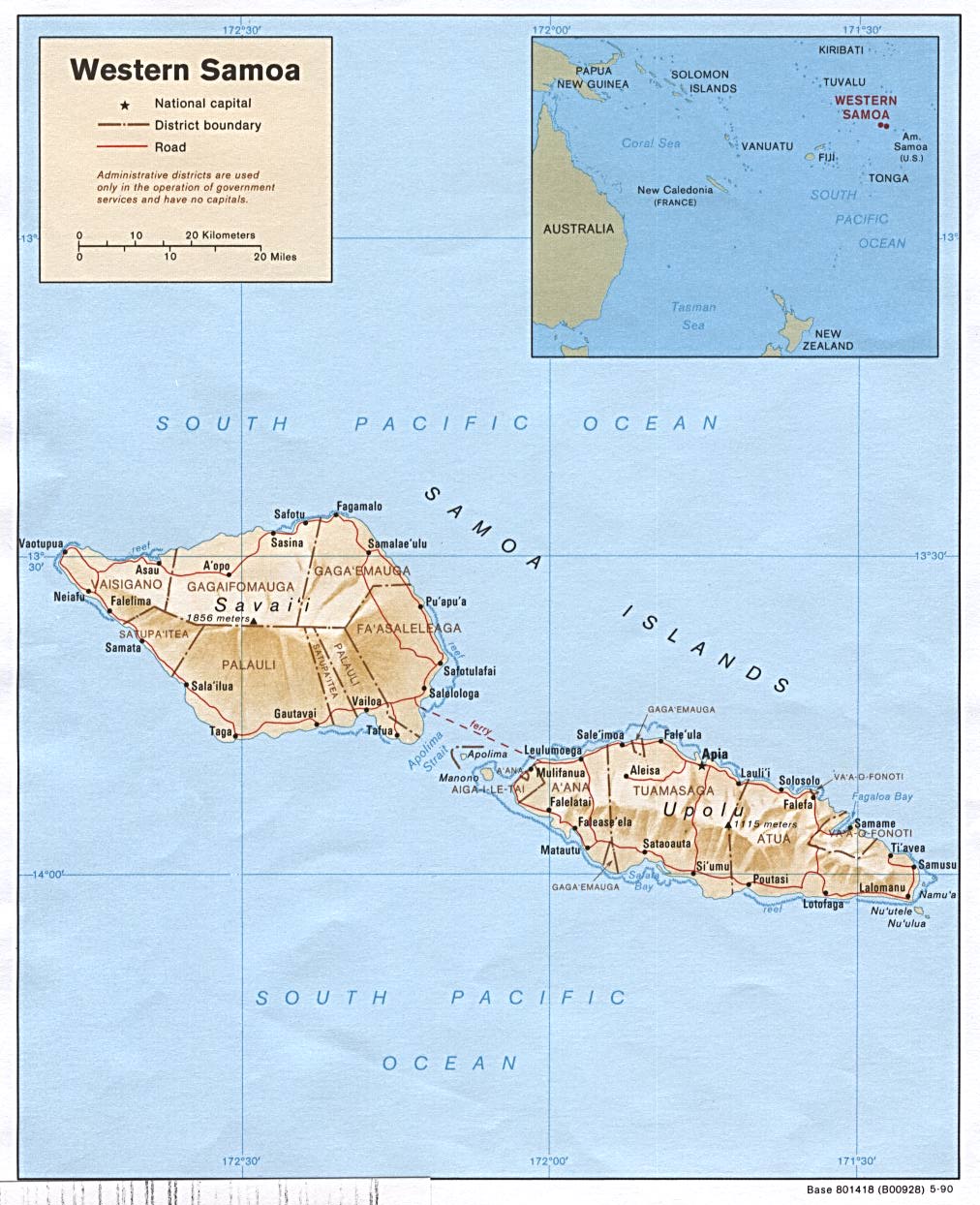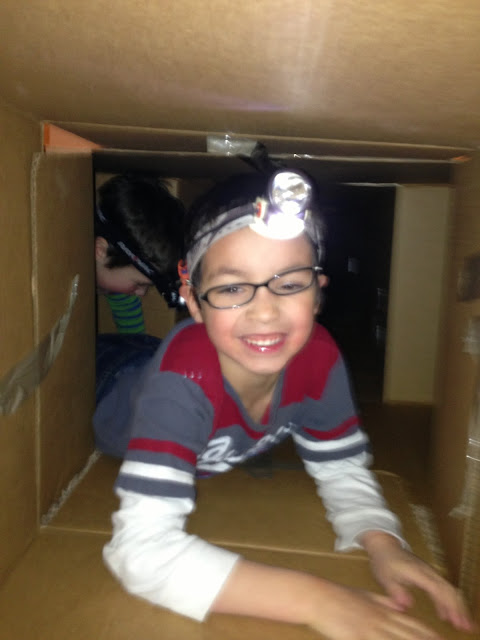At the beginning of January we started back up with our General Conference Reviews. We had kind-of taken a break during the Christmas holiday. We started with President Packer's talk entitled, "The Atonement"
At the beginning of his talk, President Packer describes an experience he had in Western Samoa. I felt like this experience was what I needed to focus on.
So I first printed a map of Western Samoa
 |
| http://www.lib.utexas.edu/maps/islands_oceans_poles/western_samoa.jpg |
The following is taken directly from President Packer's talk: (The Atonement, November Ensign 2012)

In 1971, I was assigned to stake conferences in Western Samoa, including the organization of a new stake on Upolu island. After interviews we chartered a small plane to Savai‘i island to hold a stake conference there. The plane landed on a grassy field at Faala and was to return the next afternoon to take us back to Upolu island.
The day we were to return from Savai‘i, it was raining. Knowing the plane could not land on the wet field, we drove to the west end of the island, where there was a runway of sorts atop a coral break. We waited until dark, but no plane arrived. Finally, we learned by radio that there was a storm, and the plane could not take off. We radioed back that we would come by boat. Someone was to meet us at Mulifanua.
As we pulled out of port on Savai‘i, the captain of the 40-foot (12 m) boat asked the mission president if he had a flashlight. Fortunately, he did and made a present of it to the captain. We made the 13-mile (21 km) crossing to Upolu island on very rough seas. None of us realized that a ferocious tropical storm had hit the island, and we were heading straight into it.
We arrived in the harbor at Mulifanua. There was one narrow passage we were to go through along the reef. A light on the hill above the beach and a second lower light marked the narrow passage. When a boat was maneuvered so that the two lights were one above the other, the boat would be lined up properly to pass through the dangerous rocks that lined the passage.
But that night there was only one light. Two elders were waiting on the landing to meet us, but the crossing took much longer than usual. After watching for hours for signs of our boat, the elders tired and fell asleep, neglecting to turn on the second light, the lower light. As a result, the passage through the reef was not clear.
The captain maneuvered the boat as best he could toward the one upper light on shore while a crewman held the borrowed flashlight over the bow, searching for rocks ahead. We could hear the breakers crashing over the reef. When we were close enough to see them with the flashlight, the captain frantically shouted reverse and backed away to try again to locate the passage.
After many attempts, he knew it would be impossible to find the passage. All we could do was try to reach the harbor at Apia 40 miles (64 km) away. We were helpless against the ferocious power of the elements. I do not remember ever being where it was so dark.
We made no progress for the first hour, even though the engine was at full throttle. The boat would struggle up a mountainous wave and then pause in exhaustion at the top of the crest with the propellers out of the water. The vibration of the propellers would shake the boat almost to pieces before it slid down the other side.
We were lying spread-eagled on the cover of the cargo hold, holding on with our hands on one side and with our toes locked on the other to keep from being washed overboard. Brother Mark Littleford lost hold and was thrown against the low iron rail. His head was cut, but the rail kept him from being washed away.
Eventually, we moved ahead and near daylight finally pulled into the harbor at Apia. Boats were lashed to one another for safety. They were several deep at the pier. We crawled across them, trying not to disturb those sleeping on deck. We made our way to Pesega, dried our clothing, and headed for Vailuutai to organize the new stake.
I do not know who had been waiting for us at the beach at Mulifanua. I refused to let them tell me. But it is true that without that lower light, we all might have been lost.
We talked about what it must have felt like to be on the boat. And how important the lower light was.
Then we discussed this quote from the talk:

I wanted the boys to understand how important light truly is. And since I can't send them off on a boat and have them be tossed by the sea and look for a light, this is what I decided on.
Several weeks ago I had seen this idea and thought it would be a fun idea for the boys to do during the winter time. After reading this talk, it seemed like the perfect fit.
Here is the pin, when I click on the link I can't seem to find it on their blog, so I'm not really sure who to give credit to.
When I told Weston want I wanted him to do, he just said OK and with in couple of hours it was all done.
Weston made a tunnel out of cardboard boxes in our basement. The tunnel went from room to room. And the only way to get through the tunnel was by a flashlight.
So by using the flashlight (relying on Jesus) we will safely get through the tunnel (life)
Throughout your life there may be times when you have gone places you never should have gone and done things you never should have done. If you will turn away from sin, you will be able one day to know the peace that comes from following the pathway of complete repentance.
And then we discussed how when they made a wrong turn in the tunnel they could continue to rely on the light to help them find the right way out.
OK, so here are a bunch of pictures
As you can see the boys loved it. They played in the tunnel for many days.
Here is the whole talk:














No comments:
Post a Comment